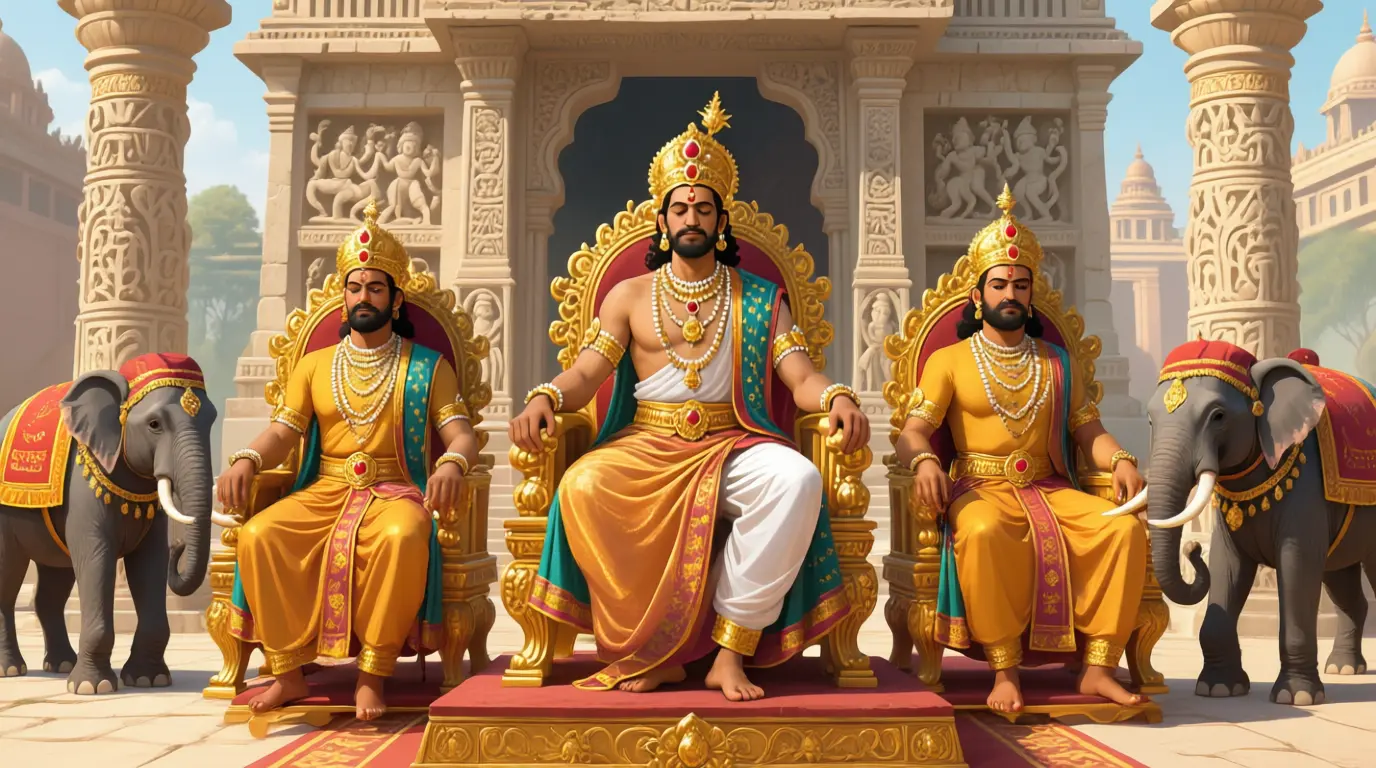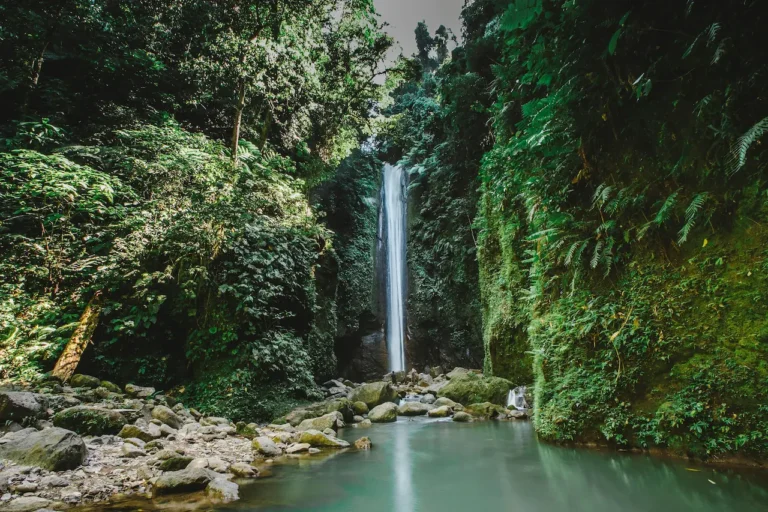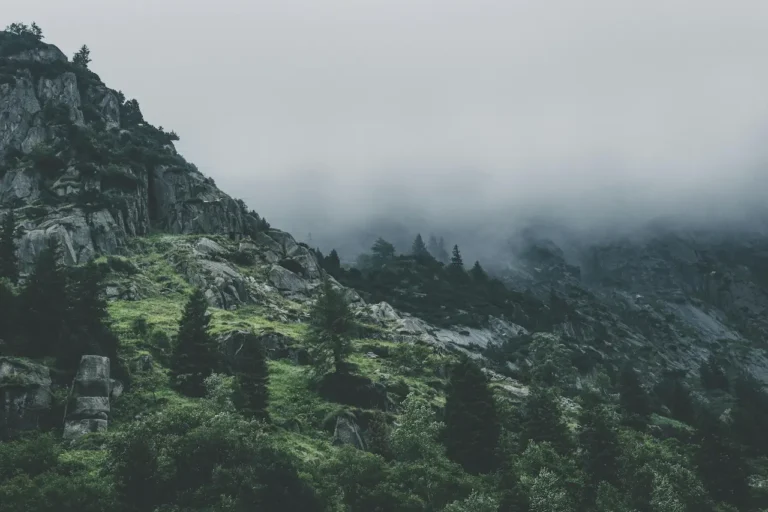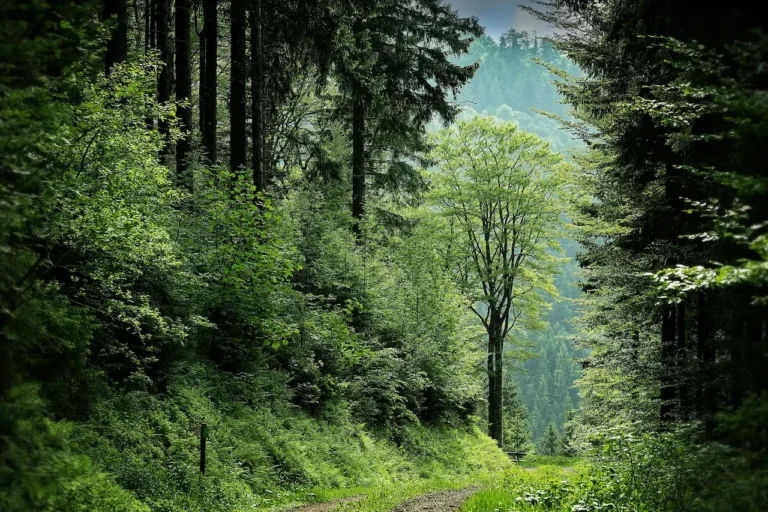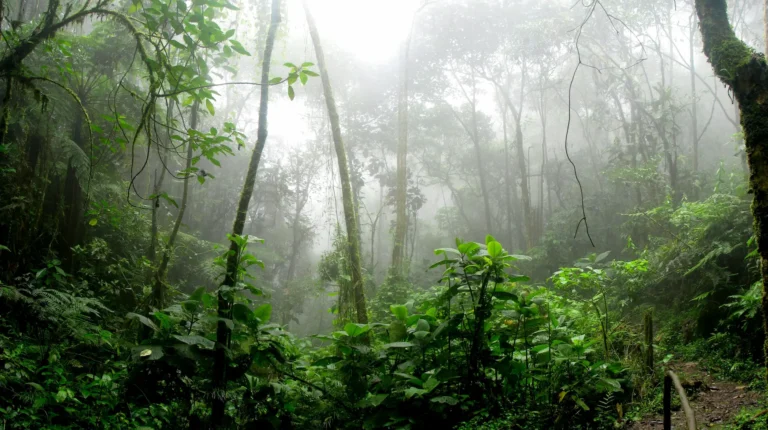Forests, Wildlife, and Resources: The Bounty of the Deccan Wilderness
For millennia, the Deccan plateau, a vast expanse of land encompassing parts of Maharashtra, Karnataka, Andhra Pradesh, Telangana, and Tamil Nadu, has been a crucible of civilizations. It is a region etched with the legacies of empires, whispered through the rustling leaves of ancient forests, and teeming with a wildlife that has stubbornly resisted the relentless march of modernity. As a scholar immersed in the epigraphic records of ancient India – deciphering the pronouncements of Chalukya kings amidst the crumbling temples of Aihole, tracing the trade routes mapped by the Rashtrakutas across the Deccan, and understanding the nuances of maritime exchange documented in the inscriptions of the Vijayanagara Empire – I’ve come to recognize the Deccan not merely as a geographical location, but as a vibrant, living narrative. It’s a story woven from the threads of geology, climate, and the ingenuity of those who have shaped its destiny. This is a region where the echoes of the past resonate with the present, where the survival of unique flora and fauna depends on understanding the intricate balance between human activity and the natural world – a balance often disrupted, yet perpetually sought.
The Geological Foundation: A Landscape of Contrasts
The Deccan plateau owes its existence to the ancient Indian subcontinent’s tectonic history. Around 66 million years ago, during the Cretaceous period, a massive volcanic eruption – the Deccan Traps – occurred, a flood basalt province stretching for thousands of kilometers. This eruption, believed to be linked to the extinction of the dinosaurs, fundamentally altered the landscape, creating a rich, fertile volcanic soil – the ‘black soil’ or ‘regur’ – that remains remarkably productive today. This geological foundation has fostered a remarkable diversity of ecosystems, from the dense, evergreen forests of the Western Ghats to the drier, deciduous forests and grasslands of the eastern Deccan.
The terrain itself is a breathtaking mosaic of hills, valleys, and plateaus, shaped by erosion over millions of years. The basalt formations, often exhibiting stunning columnar structures – a testament to the cooling process of the lava – are particularly prevalent in the northern and central Deccan. These formations provide shelter and habitat for a myriad of species, contributing to the region’s biodiversity.
A Wildlife Haven: Echoes of Ancient Kingdoms
The Deccan Wilderness is renowned for its remarkable wildlife. The region boasts a significant population of tigers, leopards, sloth bears, dholes (wild dogs), and a plethora of other species. Historically, the region was a crucial stop on the spice trade routes, attracting caravans from Arabia, Persia, and Southeast Asia. This brought not only wealth but also a diversity of animals, some of which were deliberately introduced by the rulers – a practice evident in the rock carvings and inscriptions detailing royal hunts.
- Tiger Population: The Sahyadri Tiger Conservation Landscape, encompassing parts of the Deccan, is a crucial area for tiger conservation, although challenges remain due to habitat fragmentation and human-wildlife conflict.
- Leopards: Leopards are widespread across the Deccan, often inhabiting the fringes of forests and agricultural landscapes.
- Sloth Bears: These gentle giants are found in the forested hills and valleys, often associated with termite mounds.
- Dholes: The dhole, a highly social canid, is a flagship species for conservation efforts, though their populations have been severely depleted due to hunting and habitat loss.
- Other Fauna: The region is also home to a diverse array of reptiles, birds (including raptors, vultures, and migratory species), and small mammals.
Ancient inscriptions reveal a sophisticated understanding of wildlife management. The Chalukyas, for example, are documented to have implemented hunting regulations, often associating specific animals with royal symbolism – a practice reflecting their dominion over the natural world. The Rashtrakutas, too, engaged in royal hunts, immortalized in their rock carvings depicting these events. This wasn’t simply a matter of sport; it was a demonstration of power and a means of controlling animal populations.
Forest Resources and Ancient Kingdoms
The forests of the Deccan were not merely a source of timber and fuel; they were the lifeblood of ancient kingdoms. The Chalukyas, the Rashtrakutas, and the Vijayanagara Empire all recognized the vital importance of forest resources. They established systems for managing forests, assigning them to local communities, and levying taxes on forest products – a system known as ‘forest management’ which, while often exploitative, demonstrates a pragmatic understanding of resource availability.
The epigraphic evidence reveals the extent of this resource exploitation. The Chalukya kings, for instance, issued edicts specifying the permissible harvesting of timber for temple construction and other purposes. The Rashtrakutas, through their inscriptions, regulated the collection of honey, resins, and medicinal plants – resources crucial for religious rituals and medicine. The Vijayanagara Empire’s elaborate irrigation systems relied heavily on forest-derived materials like bamboo and timber.
Furthermore, the forests provided a refuge for marginalized communities – the ‘vallabhis’ – who lived in the fringes of the kingdoms, often engaging in forest-based livelihoods. The accounts of these communities, albeit fragmentary, reveal their deep connection to the natural world and their understanding of forest ecology.
